How to Keep Racing w/ Diabetes
I'm Nick, and I was diagnosed with type-1 diabetes at 27-years-old, and the news left me certain that my life was over. It took a challenge from a friend to get me off the couch and into the mud pits of a Spartan Race. 80 Spartan Races, 6 major marathons, and a score of other races later, I'm convinced that being an endurance athlete made me a better diabetic. Not only that; being a diabetic has made me a better endurance athlete!

Being a #T1Dathlete is more than just about showing up. It’s about preparation. Here are some tips that help me and will hopefully help you, too.
Adopt an attitude of “do it, anyways!”
Diabetes never took anything away from me that I didn’t allow it to. Just say YES to things. Don’t let anyone tug at your shirt and tell you what you can’t do. We can do anything that anyone else can. We might just have a little further to get to the starting line.
Type-1 Diabetics are just as capable of competing in endurance and extreme sports as anyone else. I started competing in my Age Group to prove it.
Consistency is KING.
Consistent effort yields consistent results. The better you manage your blood sugars when you aren’t training, the better you can manage them when you are.

Train at the same time. Eat at the same time. Rest at the same time. Being an endurance athlete is not free reign to eat whatever, whenever. You’re putting your body through some work. Consistency will make it easier to adapt.
Train in the morning.
I find it easier to train while fasting.
If my blood sugars are high when I wake up, exercise will correct them. If my blood sugars are low, I simply take some nutrition.
What you want to avoid is managing an endurance workout with insulin on board.
Training later in the day presents additional challenges of balancing nutrition and insulin needs. Waking up early sucks, but get over it and get after it.
Use a Dexcom or other Continuous Glucose Monitor.
You can’t be stopping to prick your finger in the middle of a 50K sufferfest on the side of a mountain in Middle of Nowhere, USA.

I use a Dexcom G6. I insert it to the back of my arm and secure it using Rocktape while racing. Keep your receiver close and check your blood sugar levels frequently.
Fuel up!
If your blood sugars are in range, take fuel right before you begin. Bring more nutrition with you than you think you will need. I typically prefer Honey Stinger gels and wafers. I take a wafer before I head out and gels every 15-30 minutes as needed.
Carrying a small pharmacy of nutrition on a run isn’t very fun, but neither is a blood sugar crash several miles from home. Trust me, I’ve been there.
Stay ahead of the crash.
Ideally, you’re consistently fueling at regular times. This is going to take time and practice. So, in the meantime – stay ahead of the crash. Too much glucose is better than too little. Don’t wait until your blood sugars are starting to crash before you address it. Even if your blood sugars spike, they are likely to come back down shortly after the workout.
Keep moving forward.
You’re going to have tough days. There will be a time where your vision begins to blur in the middle of a race because your blood sugars have dropped too low. Keep moving forward.
I ran most of the 2019 NYC Marathon with my blood sugars in the 40’s and 50’s. It wasn’t pretty, but I finished.
I tend to throw caution to the wind, because I would personally rather die on the course than let diabetes take these adventures away from me. That said, know when to pull the rip cord. There’s always another race.
Takes notes!
Journal your successes. Learn from every effort and go easy on yourself when things go haywire.

Learn what works best for you in different conditions, environments and for different workouts. What serves you well for a speed workout may not for an endurance run. Strength days might be different than run days, and rest days might be different all together.
Resources!
Social media has been a tremendous resource. I learn a lot on Instagram by following other diabetes education or awareness accounts. I also recommend the “Athlete’s guide to diabetes” by Sheri Colberg. There’s a lot of great information on how Diabetes affects us and how to better manage it.
The greatest takeaway was discovering that I’m not alone. Share your progress – obnoxiously. Keep going through the fire. You never know whose path you’re lighting.
Live inspired!


Nick Klingensmith is an amateur obstacle course racer closing in on his 100th OCR. He’s completed 5 major marathons and is currently training for the Berlin Marathon in September. An ambassador for MudGear and Spartan 4-0, Nick is the author of Through the Fire. Nick works as an executive in the logistics industry and lives in Seminole, Florida, with his wife and two dogs.
FOLLOW NICK ON SOCIAL MEDIA:




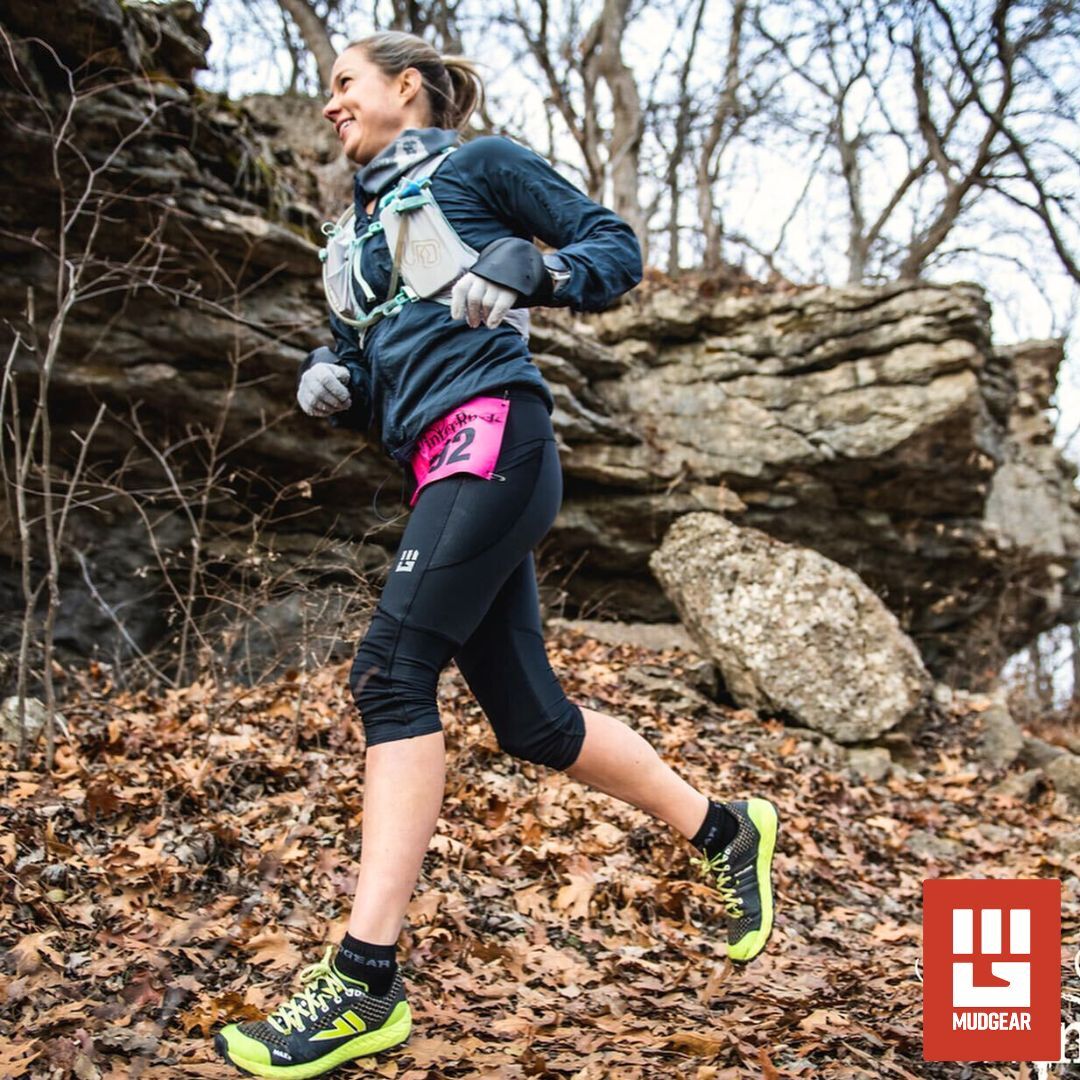
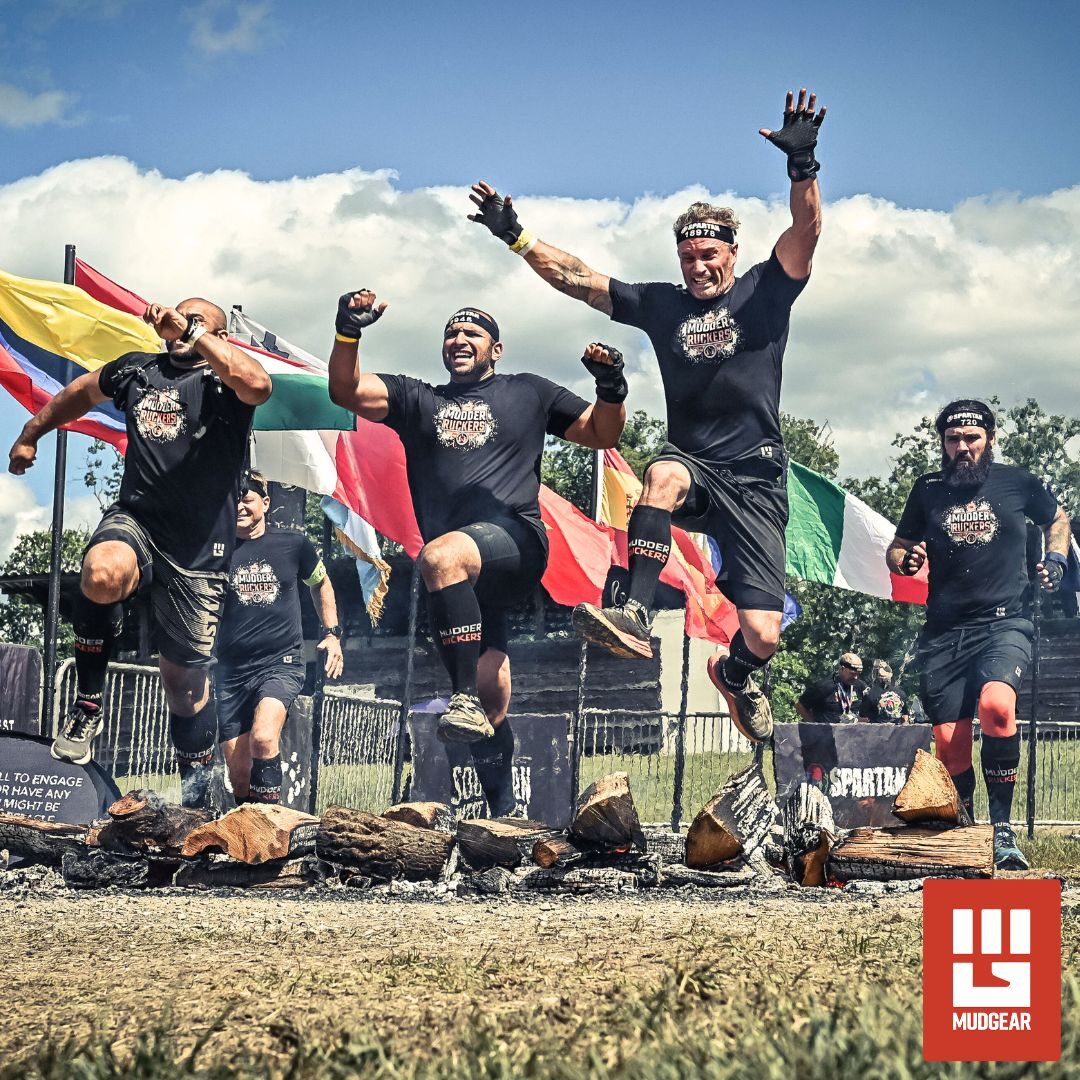
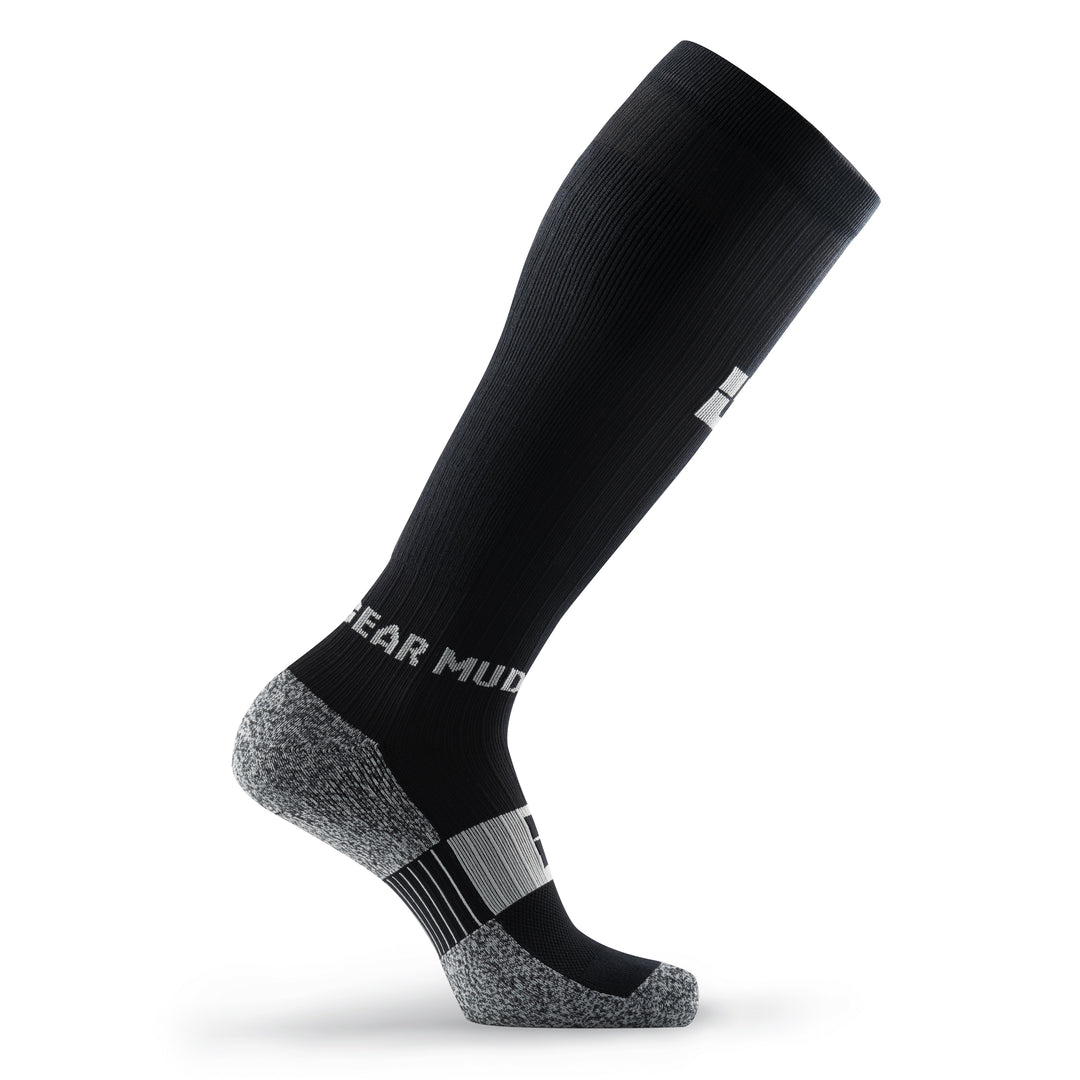
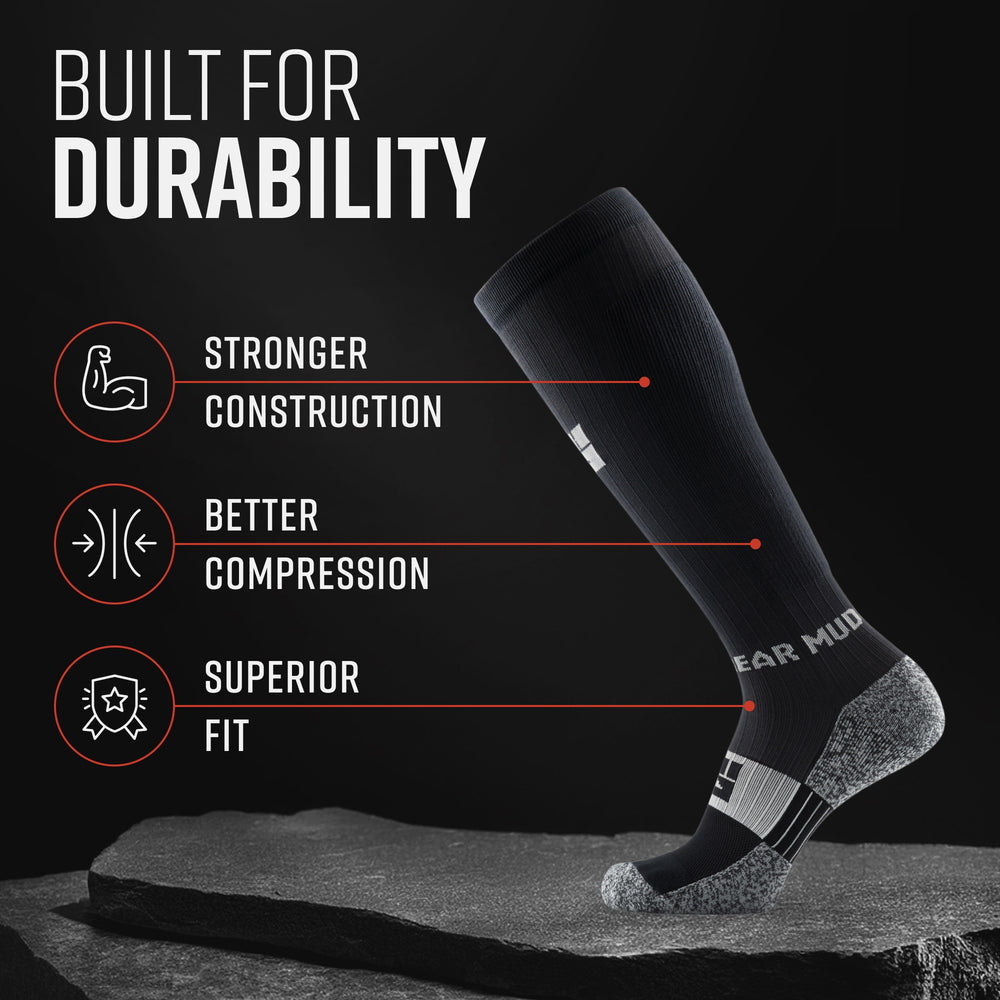
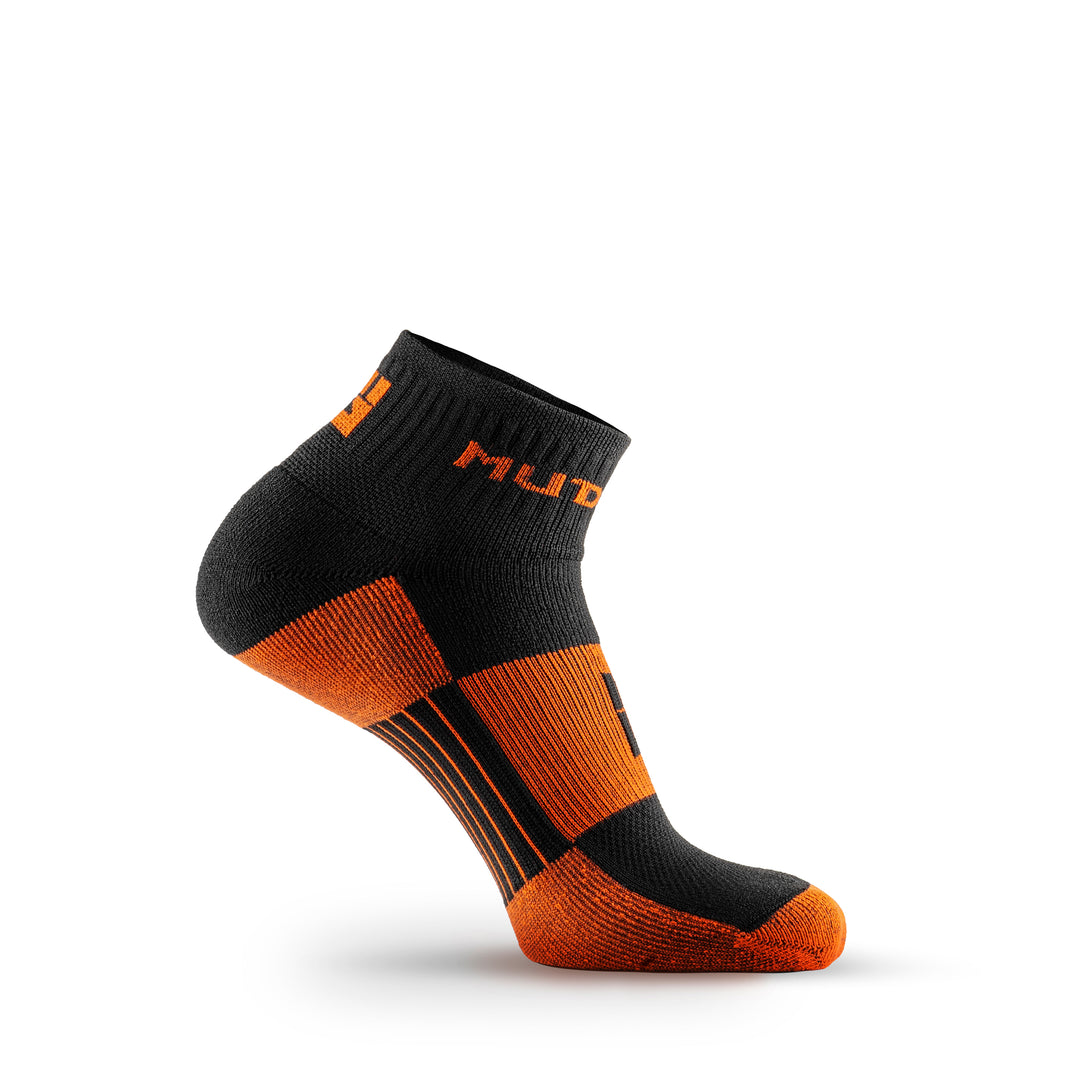
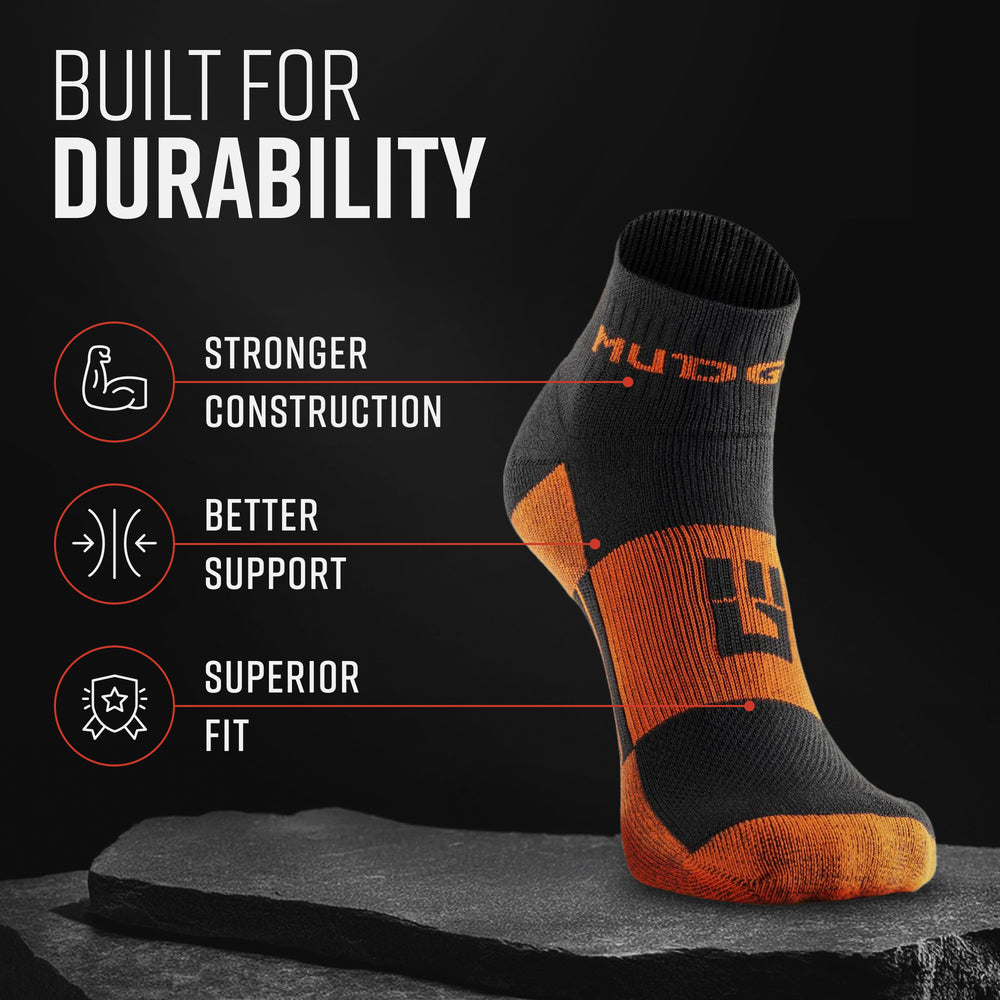


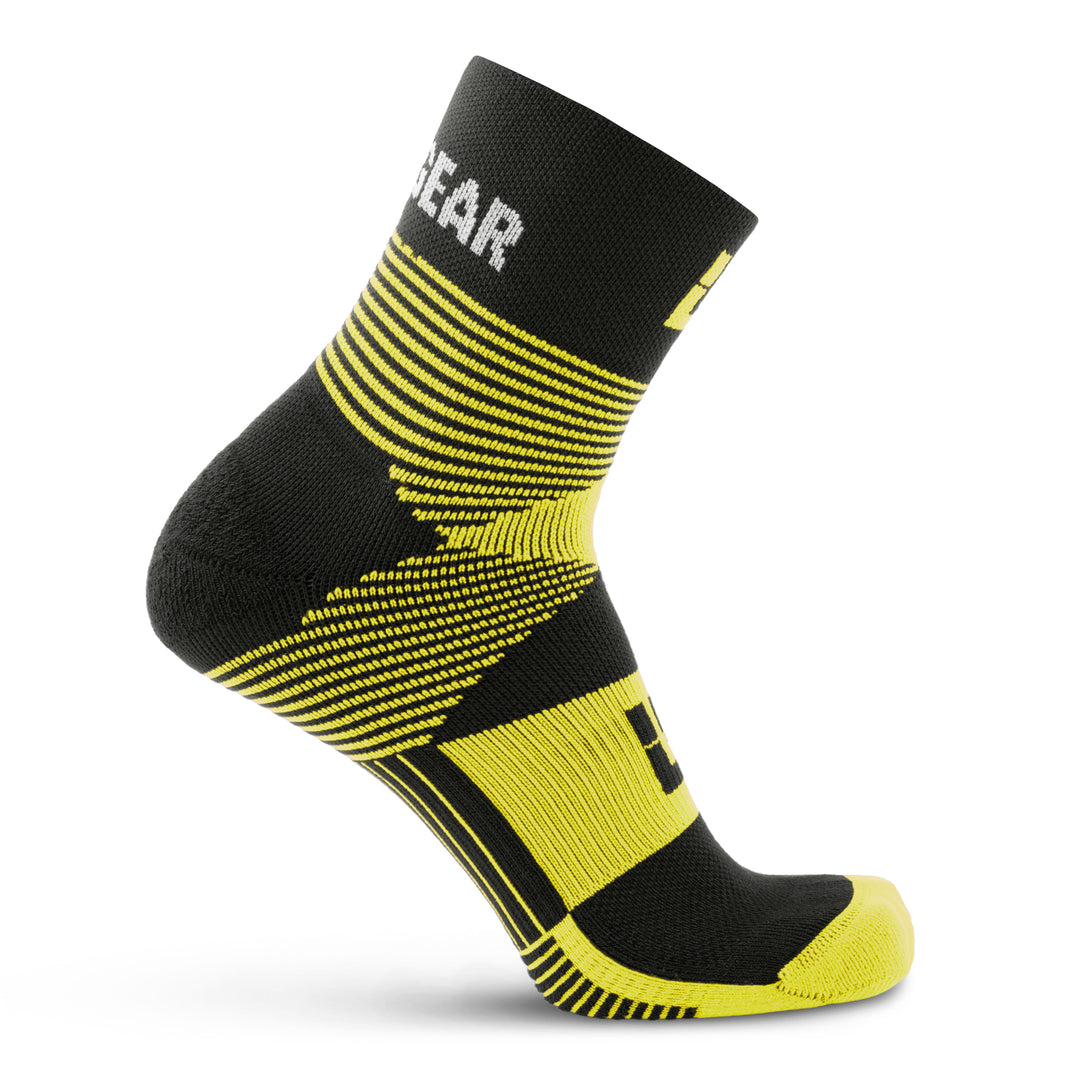
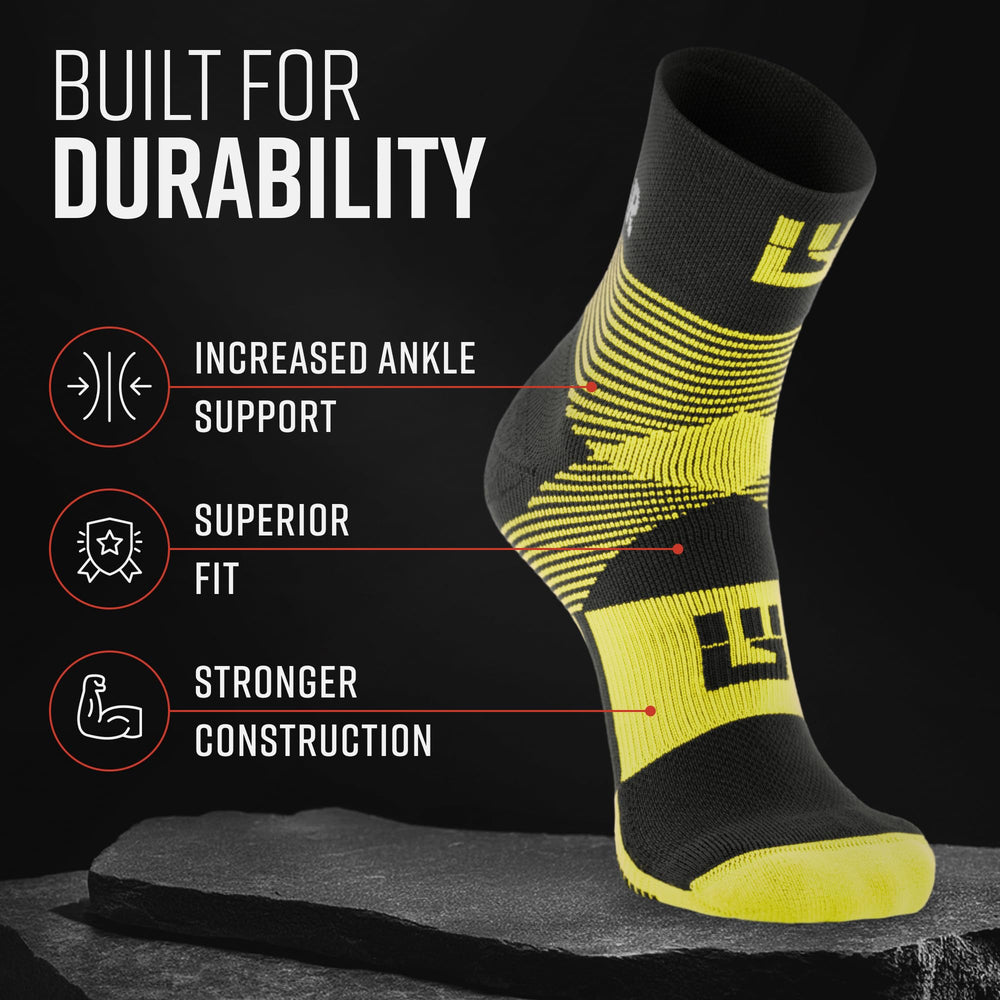

Leave a comment